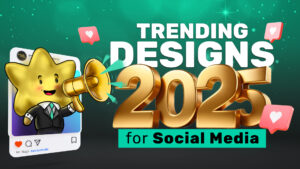The design world has a language of its own. While dealing with designers it is important to understand the terminology, this is derived from the basics of design principals
What are design principles?
Design principles are the fundamental core of design, to make an aesthetically pleasing artwork it is important to apply these theories into practice. It’s as good as conversing in English, you must know the basic alphabets of English to form a word to communicate, similarly, these design principles help in creating visually stunning artwork.
Let’s explore this more in detail.
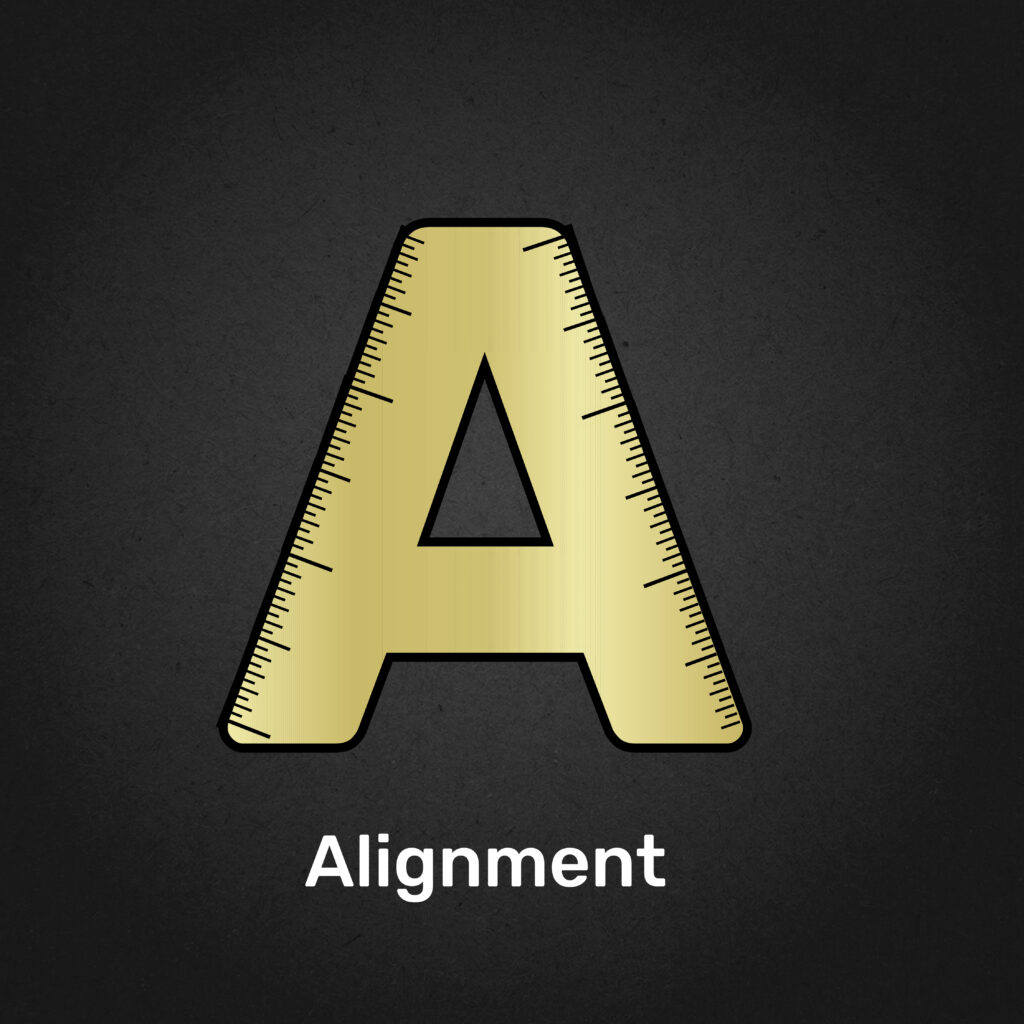
A for Alignment:
Alignment helps create a hierarchy, it creates an order in which the user has to read and understand the artwork. It also ensures that elements are all clear and look pleasing to the eye
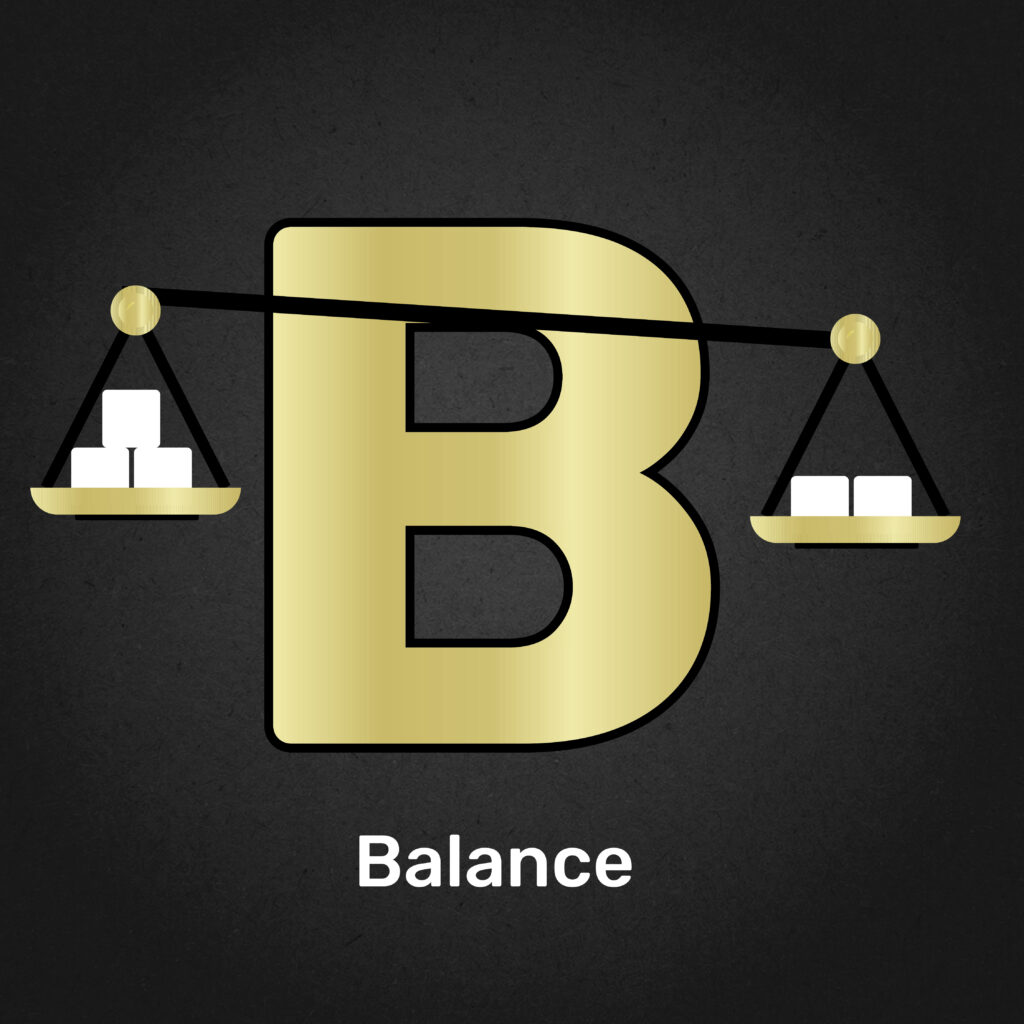
B for Balance:
Balance helps create harmony in design. There are two types of balances Symmetrical which means that everything is equal to the axis and asymmetrical which can look different and unique.
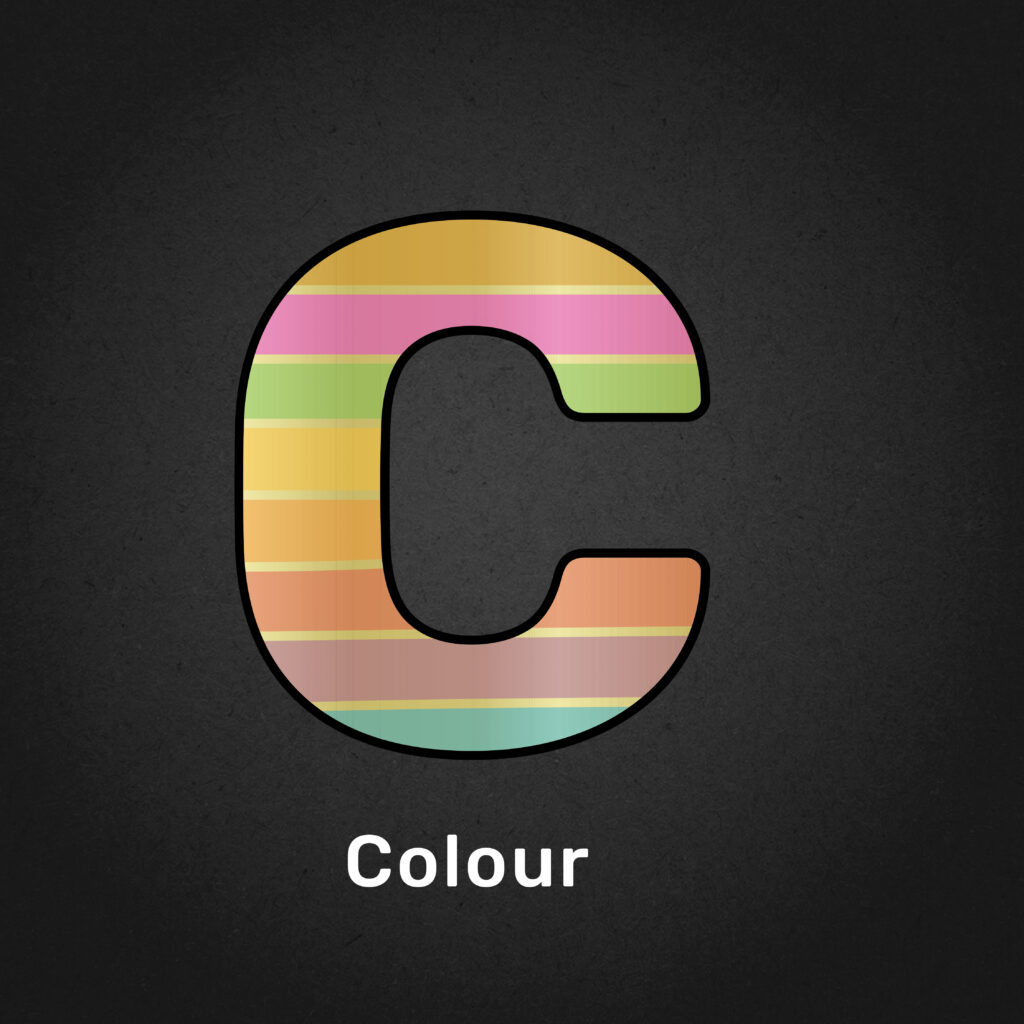
C for Colour:
Colour is a power tool that triggers emotions and sets the overall tone of the artwork. Choosing colours is an integral part of design.
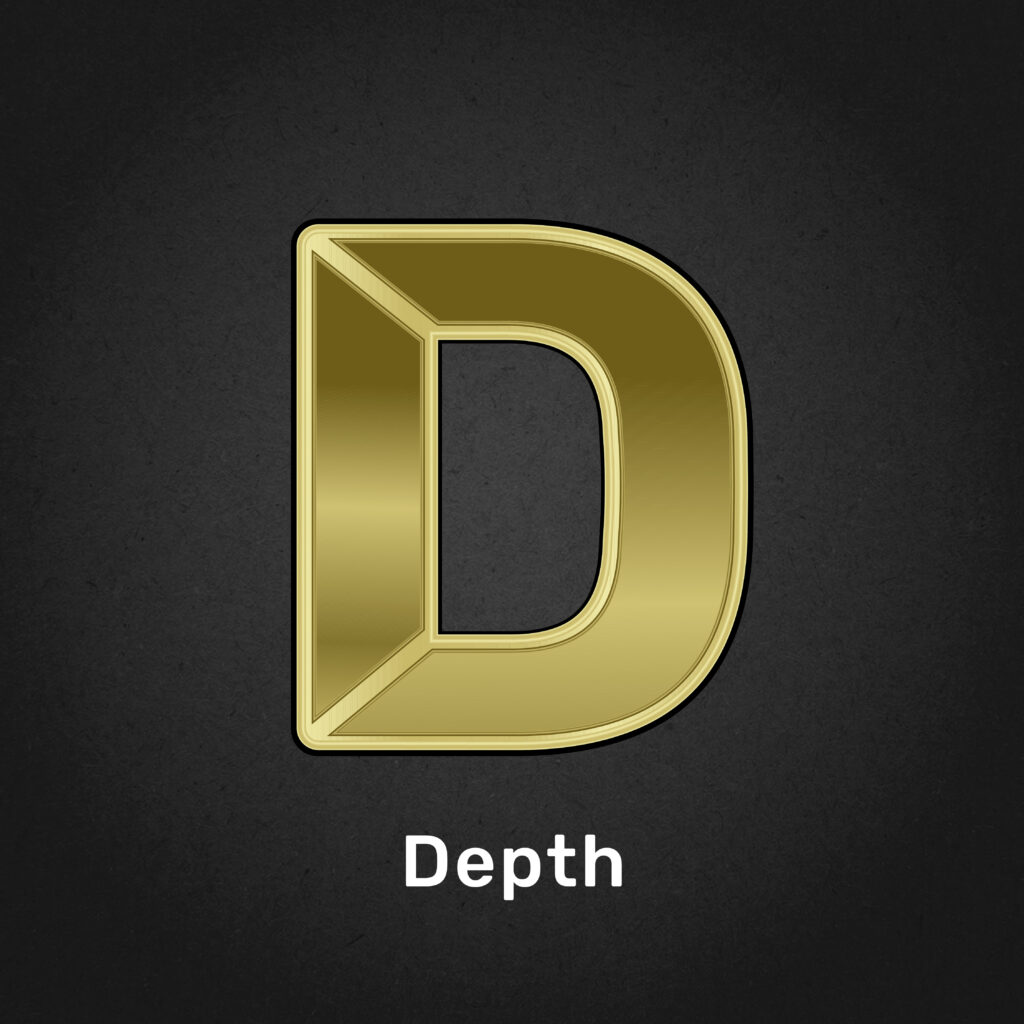
D for Depth:
Depth adds character to the artwork. It creates multiple layers making it look 3d perspective
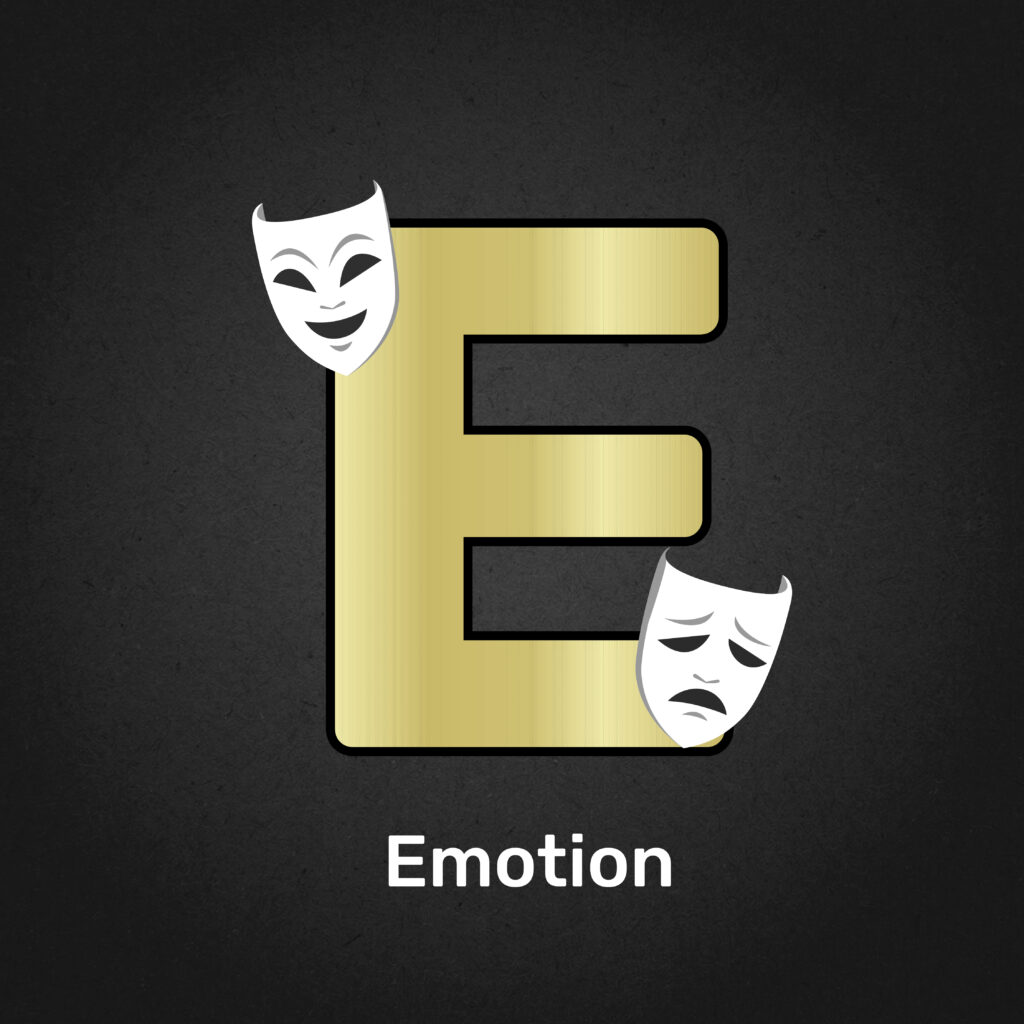
E for Emotion:
Emotion is a very integral part of design, it styles the design giving it a persona and story
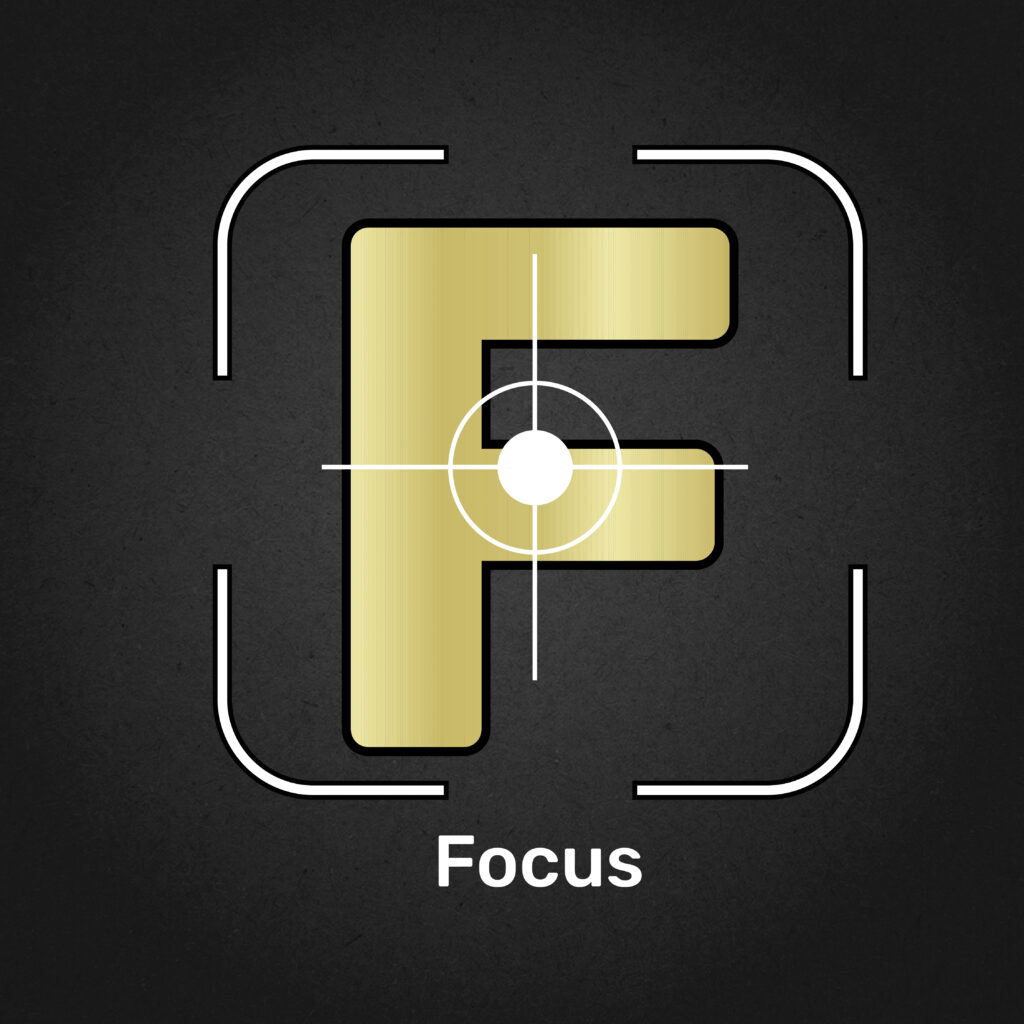
F for Focus:
Focus in a design talks of giving importance to the main element of the artwork and highlighting to hit the users eye instantly
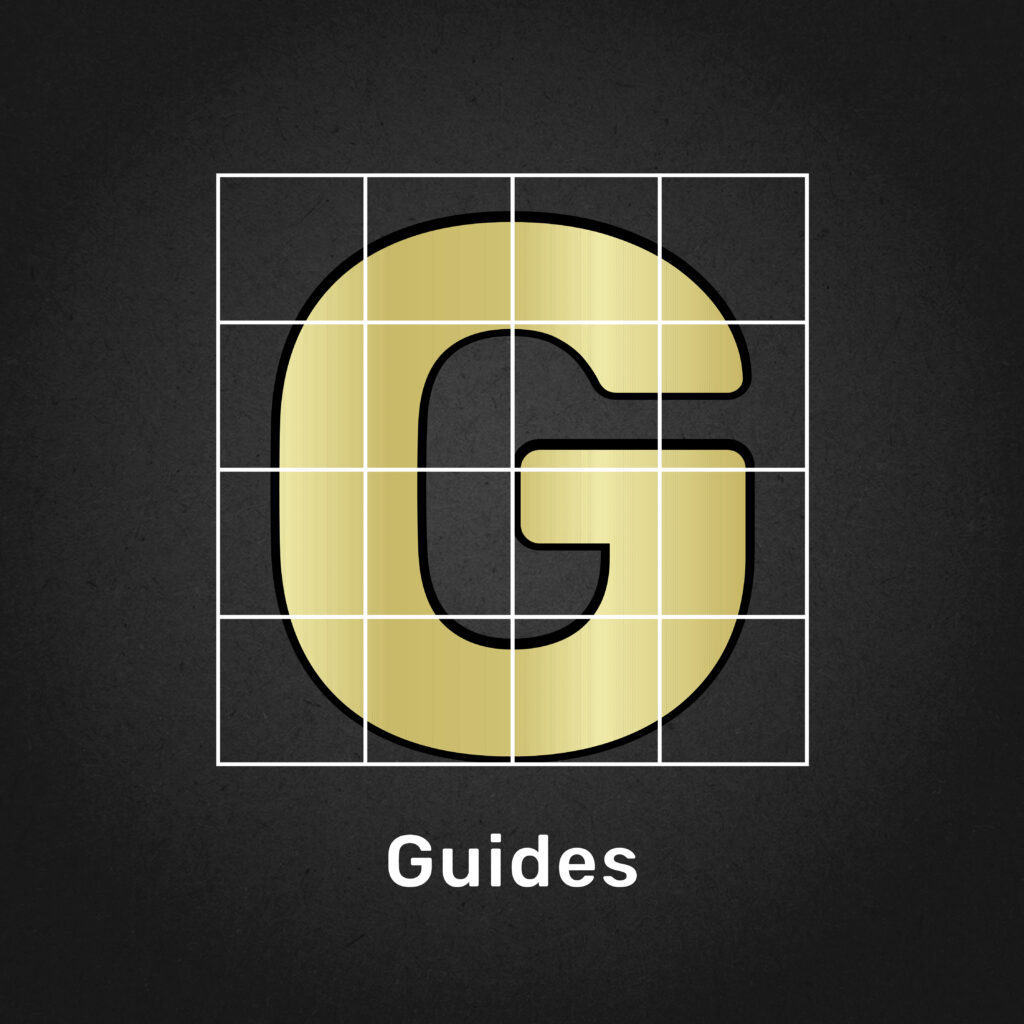
G for Guides:
Guides are a very important tool to construct a design. The horizontal and vertical lines maintain a sense of accuracy and consistency
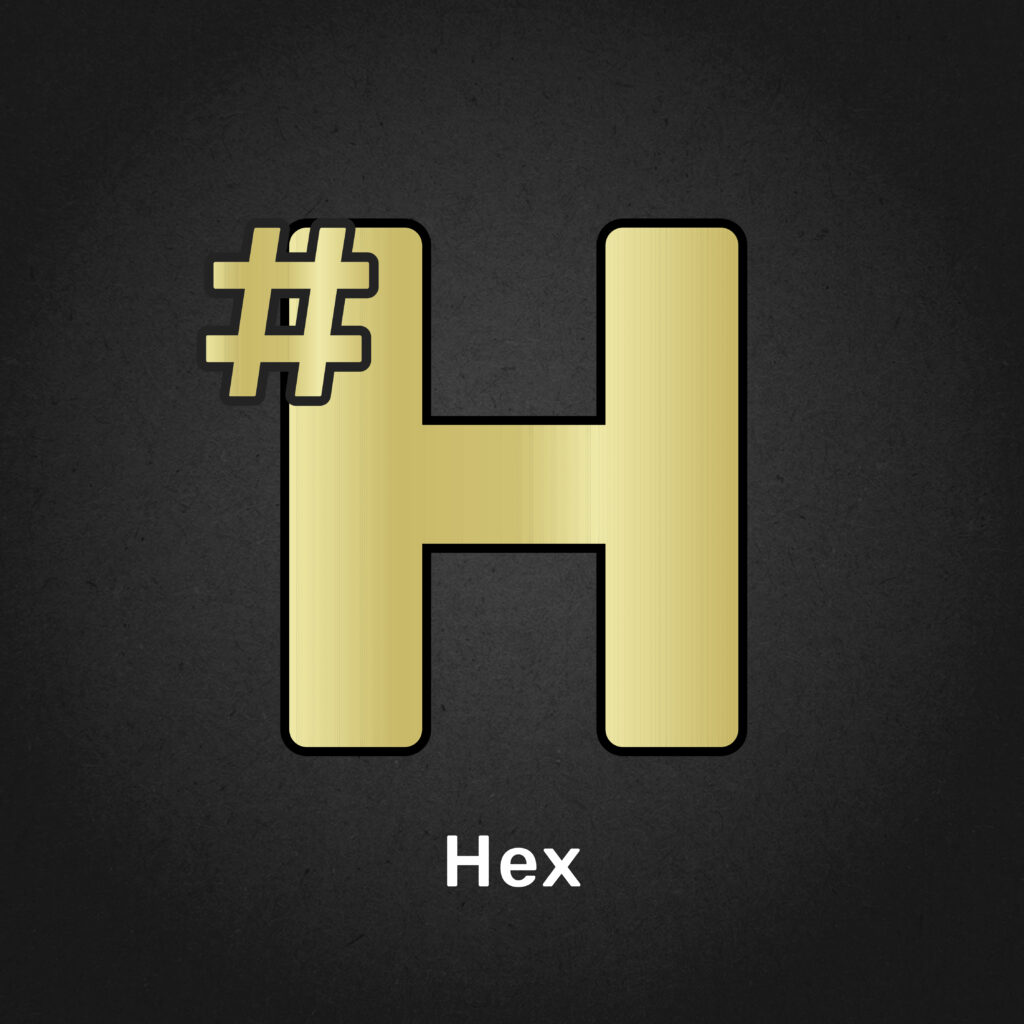
H for HEX:
Hex codes are colour codes RGB (RED,BLUE, GREEN) and CMYK (Cyan, Magenta, Yellow, Black) six digit code used to represent a colour.
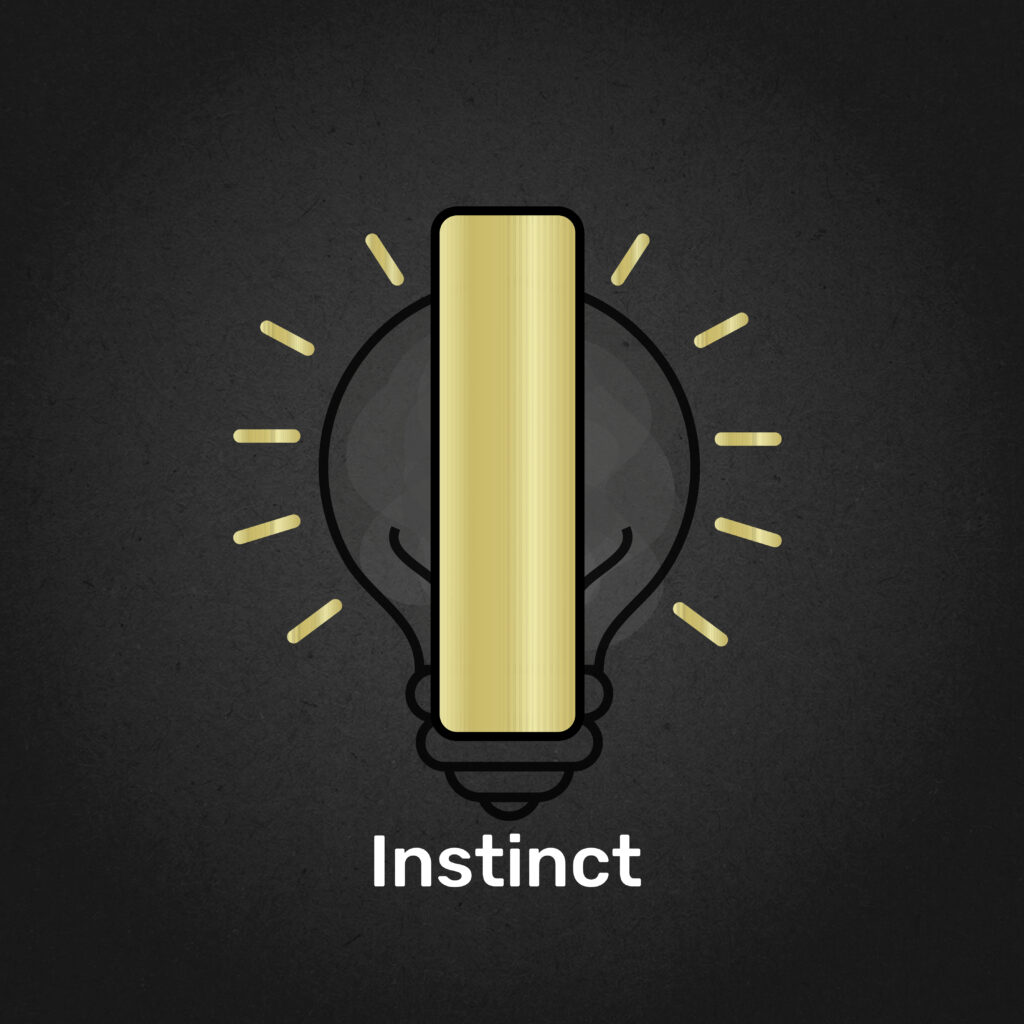
I for Instinct:
Instincts in design talk about following the designer’s gut, it’s the wisdom to follow the trend or to think outside the box depending on the subject of the project.
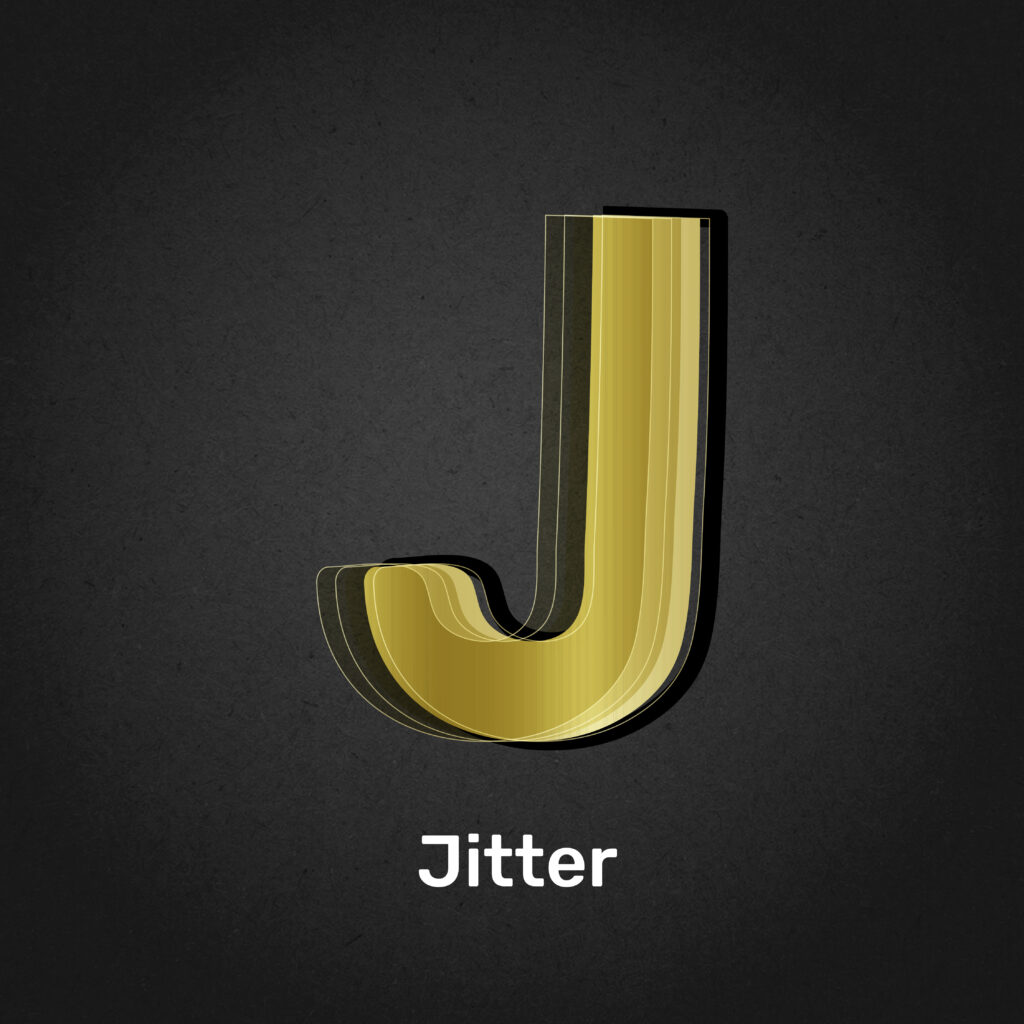
J for Jitter:
Jitter in an artwork creates an exciting emotion for the user. It talks about the energy and the vibe of the design.
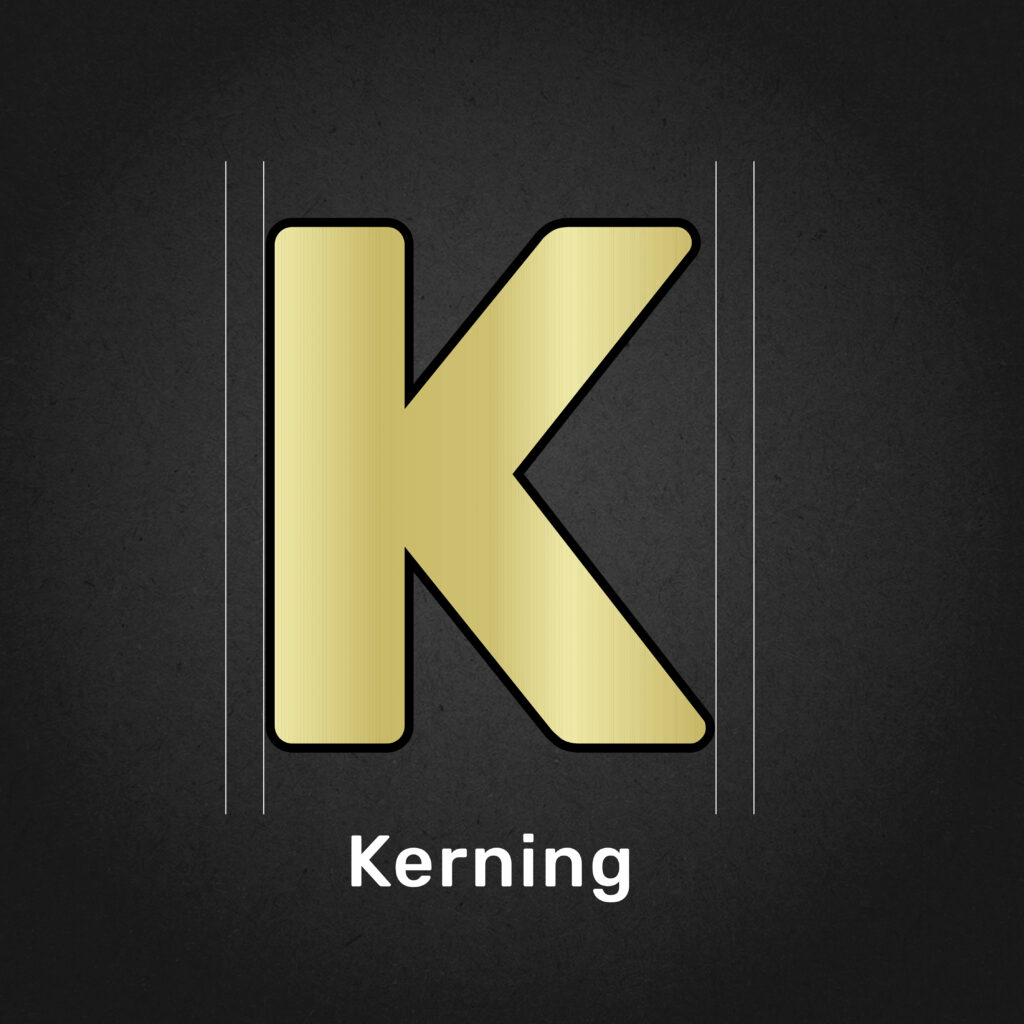
K for Kerning:
Kerning is the equal distance between two sentences, it forms clarity in the design.
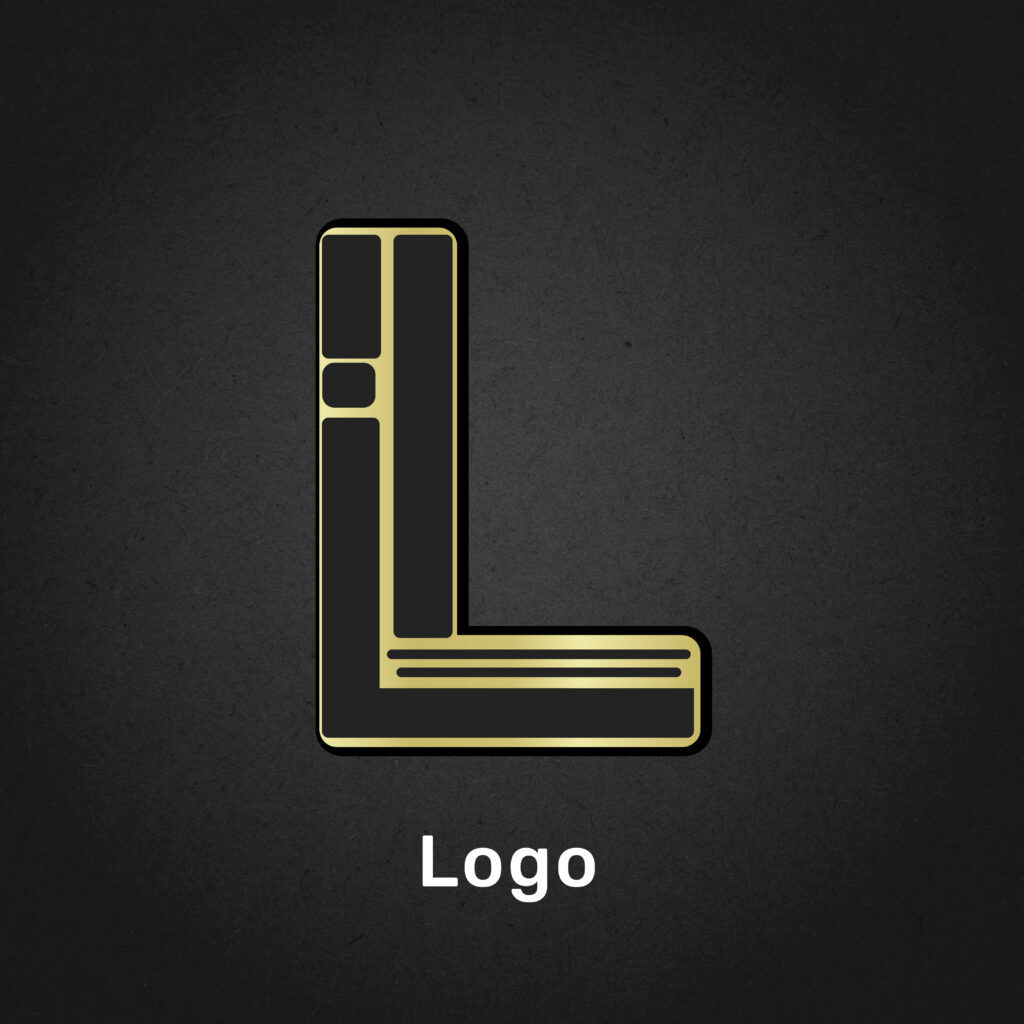
L for Logo:
Logos are a very important part of the design. It is a brand name styled and designed in a visually unique way for a company.
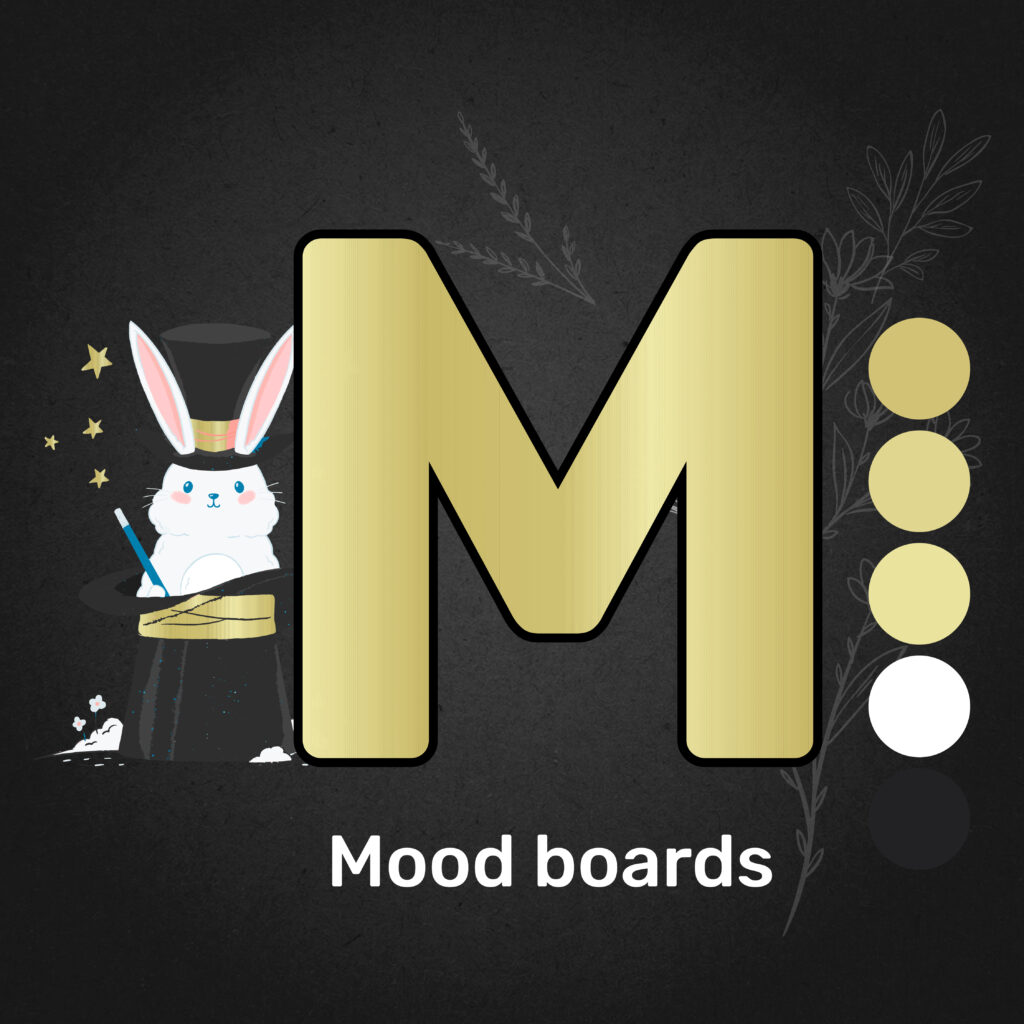
M for Mood boards:
Mood boards are a beautiful way to express ideas and thoughts. It’s a process that is usually done before the artwork is created. Mood board talks of inspirations and a basic idea of the look and feel of the final artwork
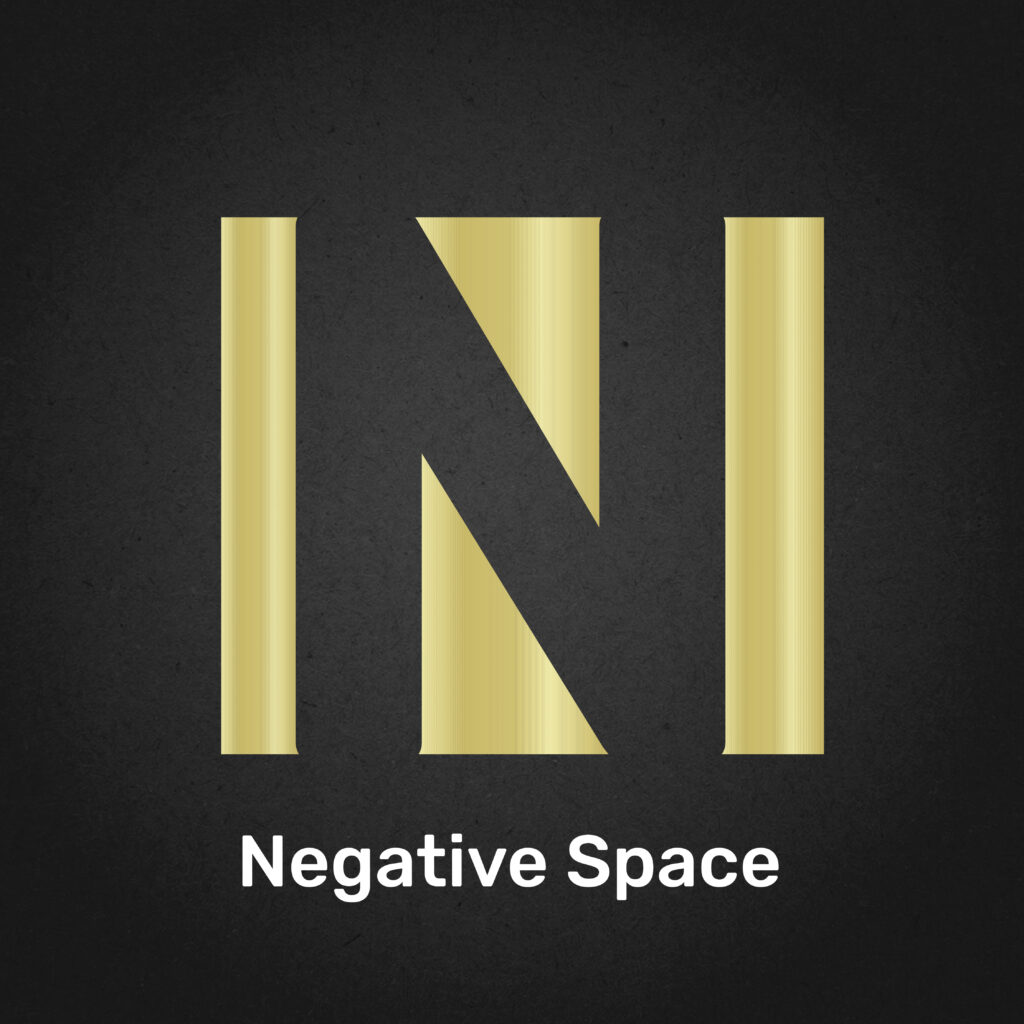
N for Negative Space:
Negative Space talks about the simplicity of the design. It defines empty space on the canvas. It creates breathing room for other elements on the board. A current design trend is to be minimalistic which can be achieved with Negative spacing
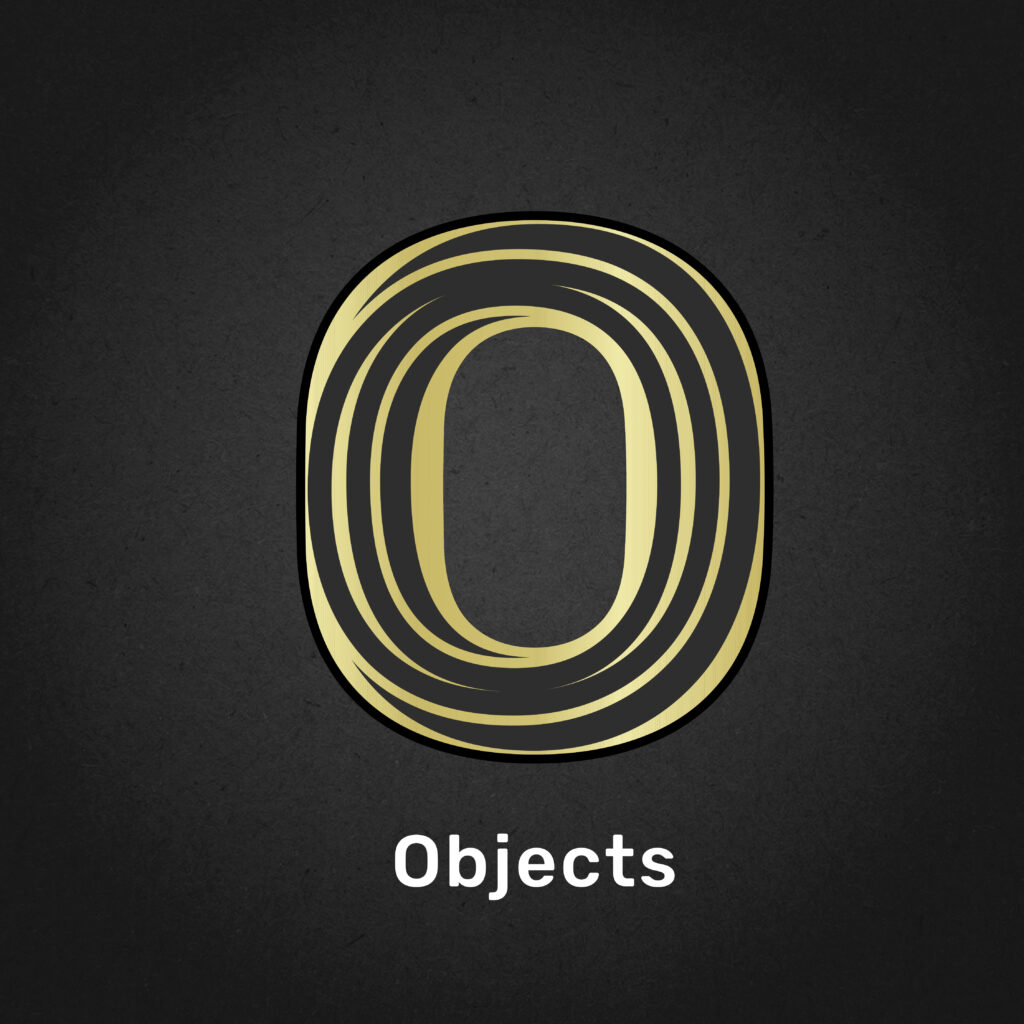
O for Objects:
Objects are shapes that are placed on the artwork. They can be the hero of the story or be supporting cast depending on the narrative of the design
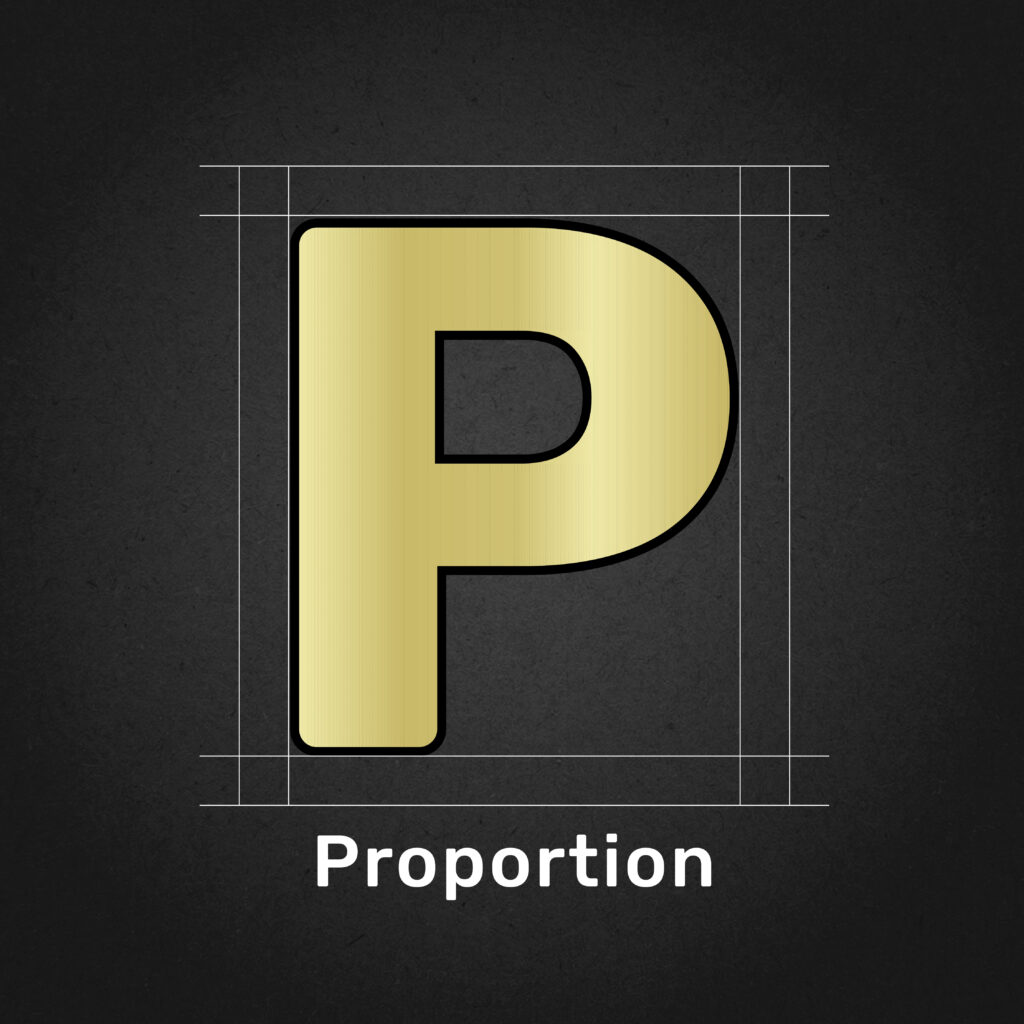
P for Proportion:
Design Proportion talks of design scale. Elements on the artwork can be stretched from all four sides to maintain symmetry in the design

Q for Quality:
The Quality of the design talks of basic aspects while creating a design. The end result must show performance, usability, consistency and communication and forward-thinking.
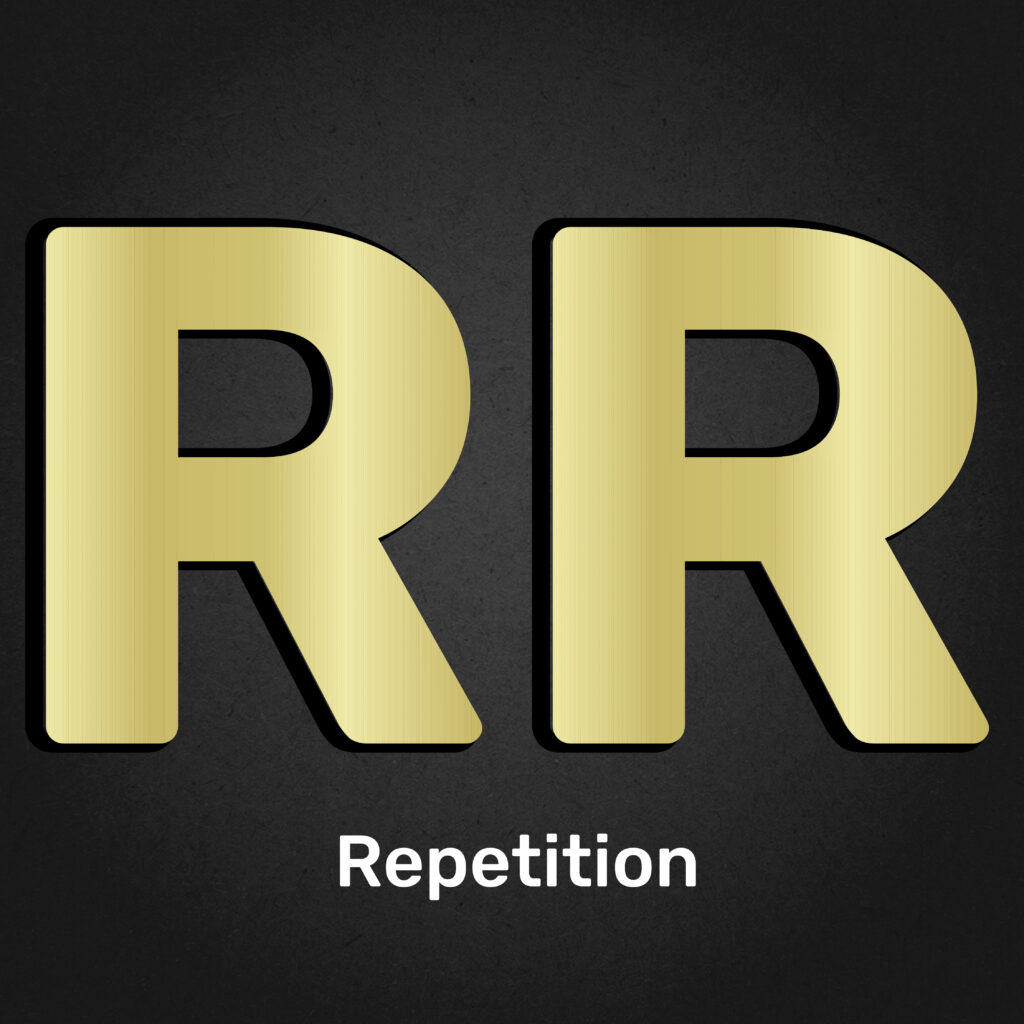
R for Repetition:
Repetition in a design talks of consistency in a design. This means that a similar look and feel is created like templates across all platforms so the brand is identifiable and can be easily set apart from its competition
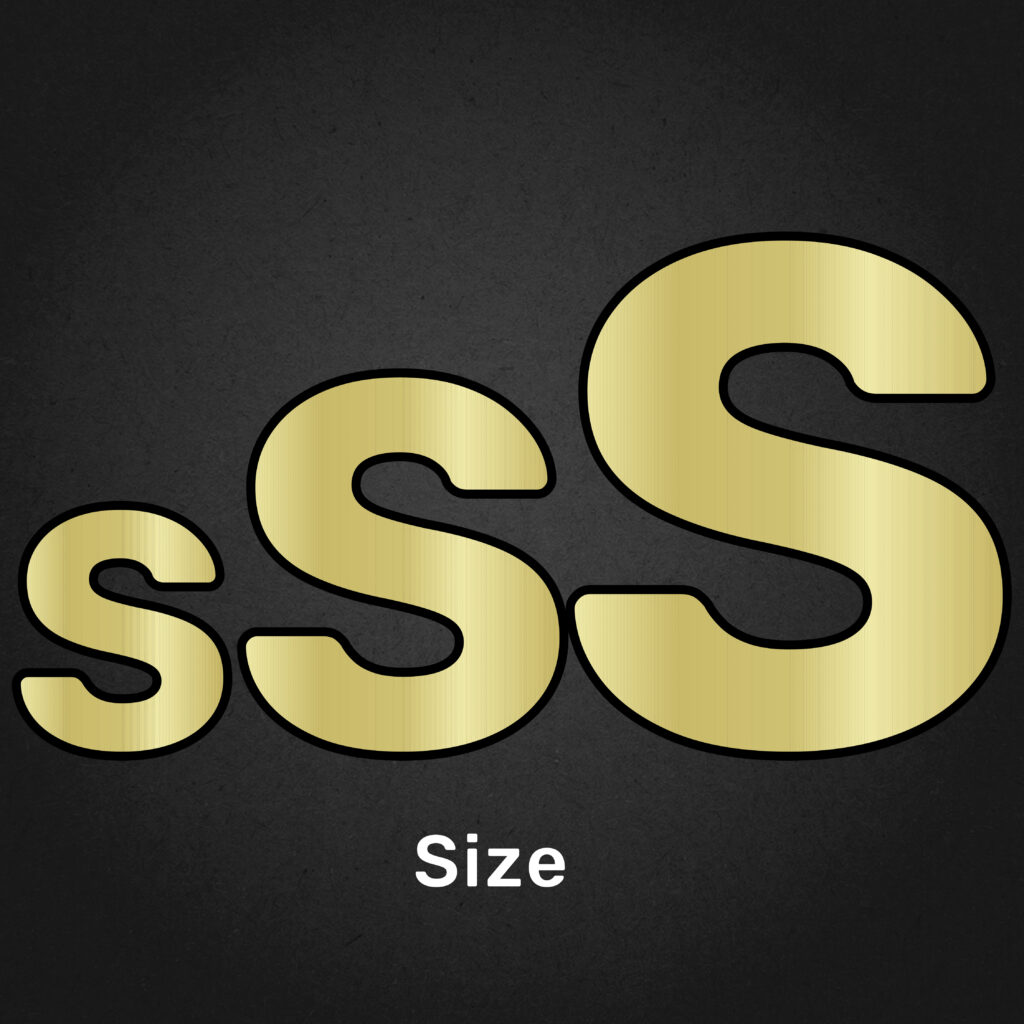
S for Size:
Size in design is extremely vital, it talks about the importance of scale in elements and its importance. The larger the element the more importance.
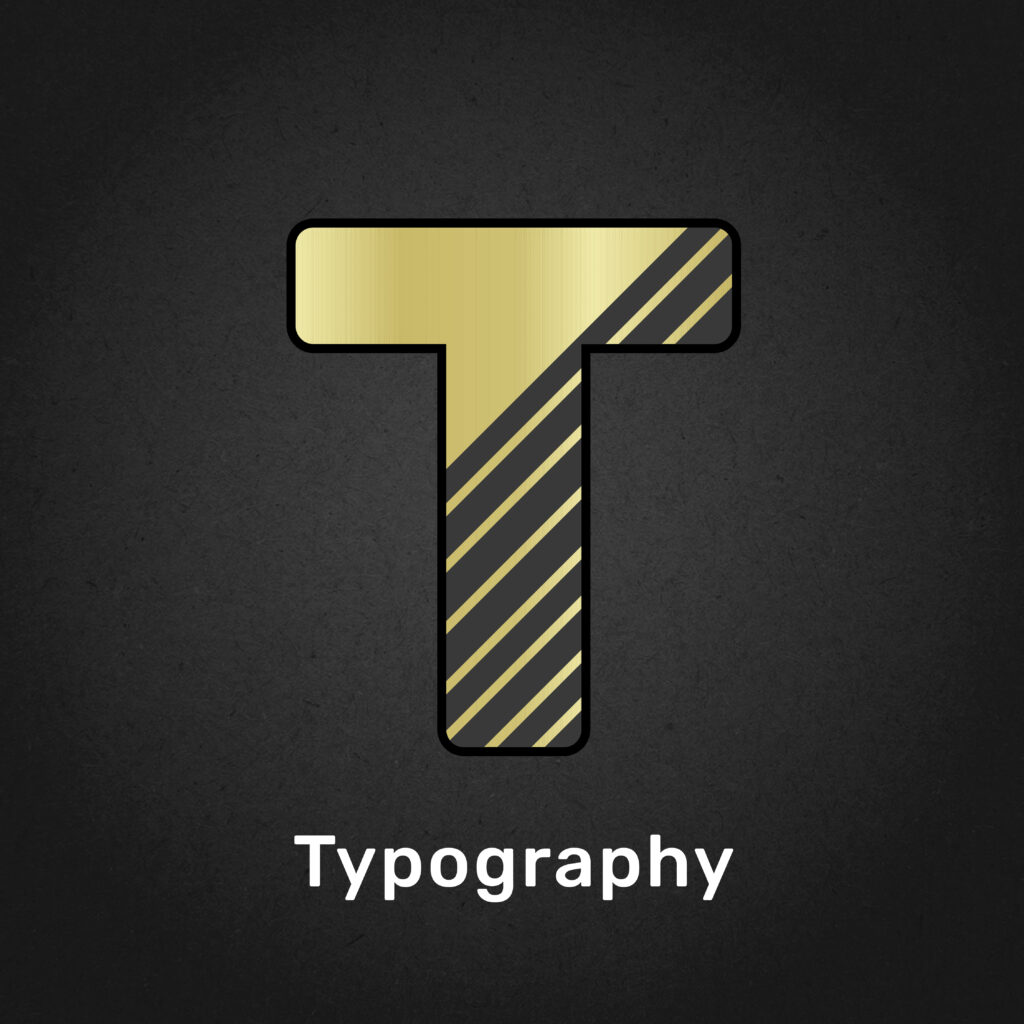
T for Typography:
Typography in design plays a key role in communicating and expressing ideas. the art of arranging letters and text in a way that makes the copy legible, clear, and visually appealing to the reader.

U for UX:
In graphic design, UX encompasses various elements and principles that contribute to a positive user experience.
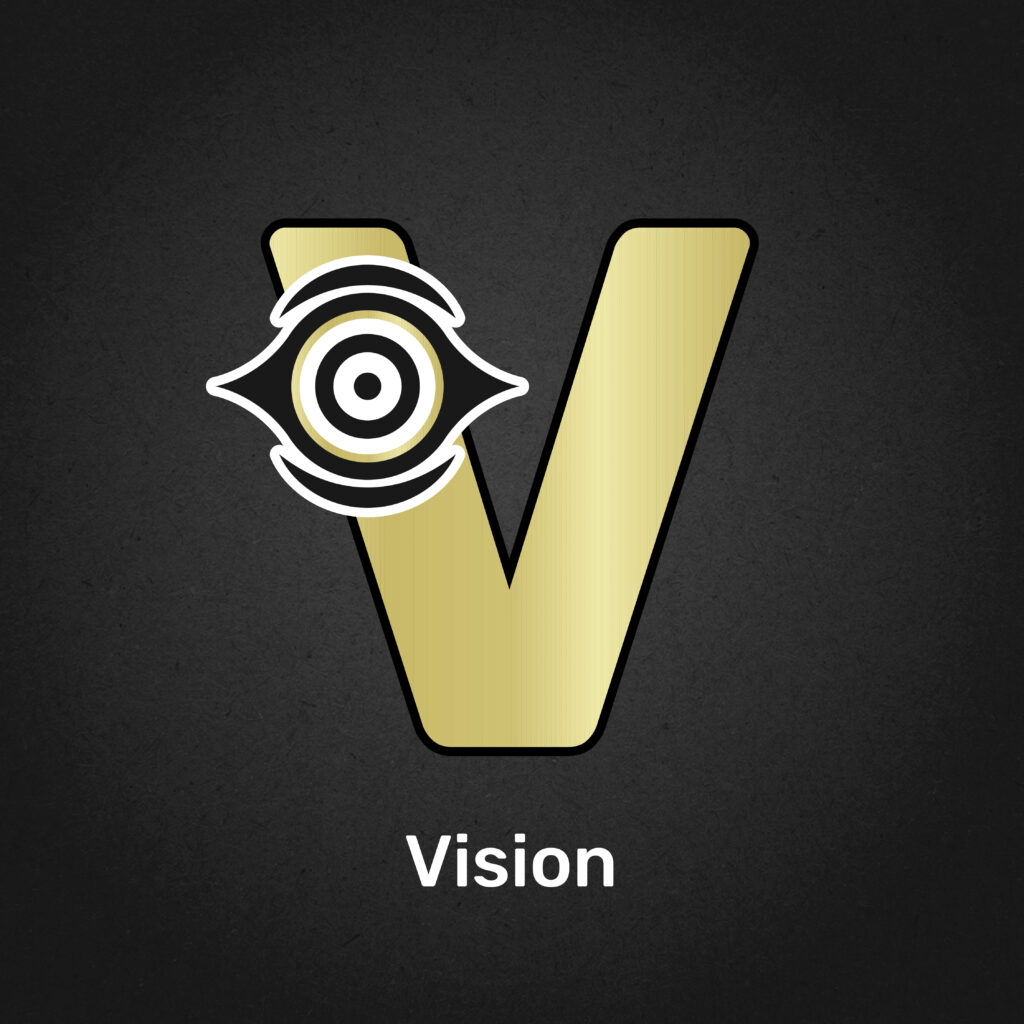
V for Vision:
Vision in graphic design refers to the designer’s ability to imagine, plan, and conceptualize the visual elements and overall look of a project.

W for Weight:
The thickness or boldness of a typeface. Fonts can have various weights, such as light, regular, bold, and black.
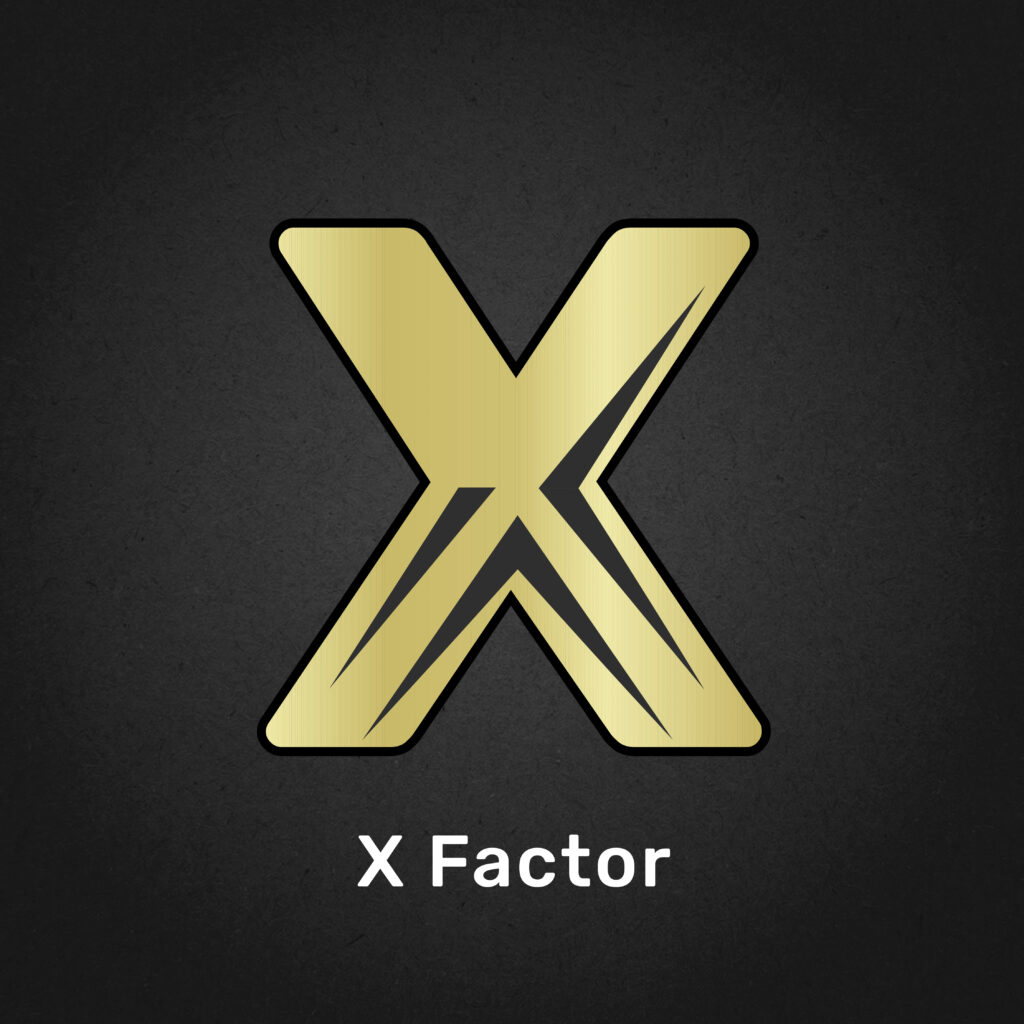
X for X Factor:
The x factor in an artwork talks of the extra edge the design has and how much it is able to stand out in the crowd.

Y for Youth:
A youthful design is all about following the new design trends. By following trends and being young design catch on and are relatable to the user faster
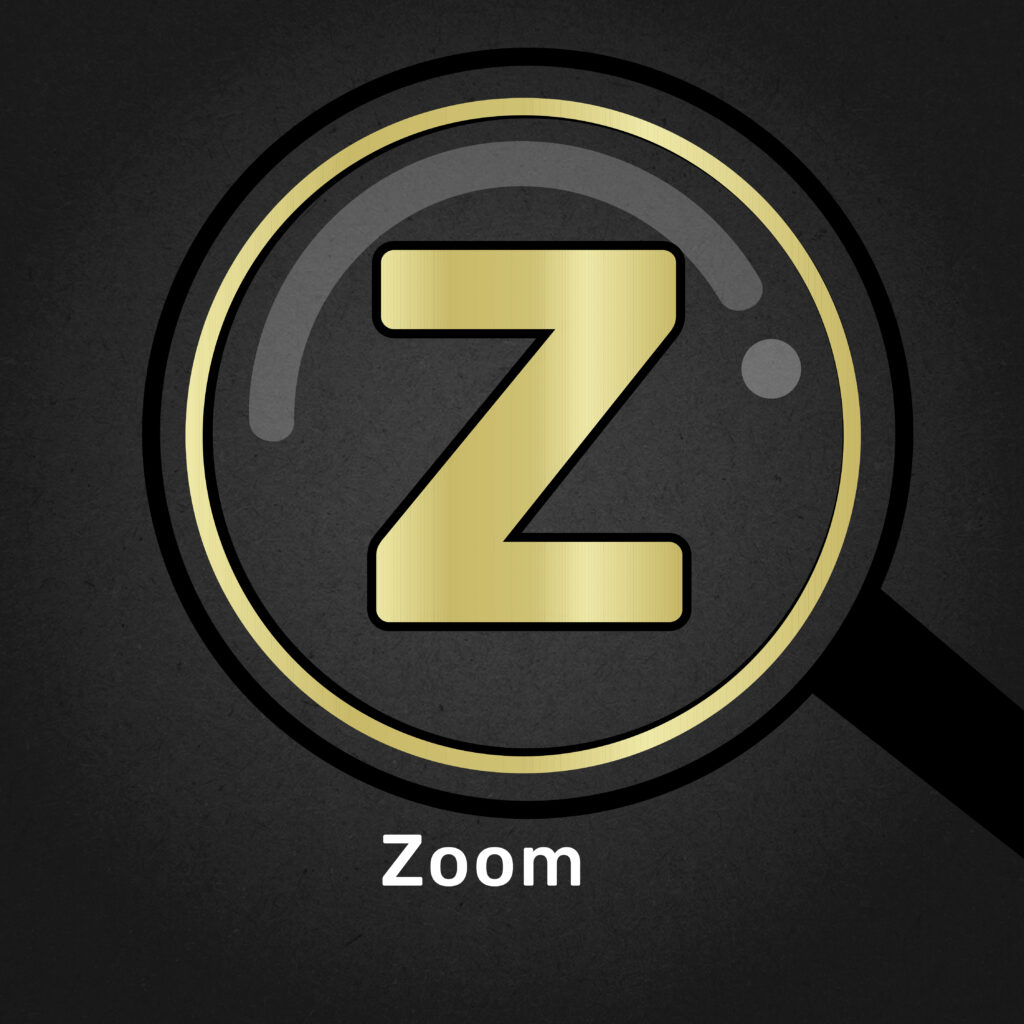
Z for Zoom:
Zoom in design is an application that incorporates “zoom effects” so that users can enhance visual experiences. These effects can include animations that simulate zooming in or out to guide users’ attention or create engaging transitions between different parts of an interface.




